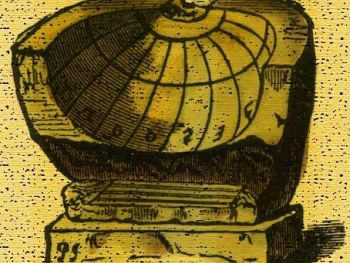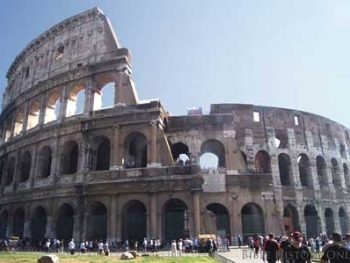Trade played a vital role in connecting civilizations and fostering cultural exchange in the ancient world. From the bustling markets of Rome to the Silk Road that stretched across Asia, ancient trade routes facilitated the exchange of goods, ideas, and knowledge. Understanding the major trade routes and trading practices of the ancient world offers a glimpse into the remarkable interconnectedness of diverse societies.
- The Silk Road: The Silk Road stands as one of the most iconic trade routes in history. Spanning thousands of miles across Asia, it connected the Mediterranean with East Asia, enabling the exchange of silk, spices, precious metals, gems, and exotic goods. The Silk Road not only facilitated commerce but also facilitated the transmission of ideas, technologies, and religions between the East and the West.
- The Mediterranean Trade Network: The Mediterranean Sea served as a bustling hub of trade and cultural exchange in ancient times. Major cities such as Rome, Alexandria, and Carthage thrived on maritime trade routes, connecting Europe, Africa, and Asia. The Mediterranean trade network facilitated the exchange of goods, including olive oil, wine, grain, spices, and luxury items, shaping the economies and cultures of the ancient Mediterranean civilizations.
- The Indian Ocean Trade: The Indian Ocean served as a vital trade route linking East Africa, the Arabian Peninsula, India, and Southeast Asia. This maritime network facilitated the exchange of goods such as spices, textiles, ivory, precious stones, and aromatic woods. Ancient trading cities like Alexandria, Aden, and Malacca flourished as vital ports along this route, fostering cultural diffusion and economic prosperity.
- Trans-Saharan Trade: The Trans-Saharan trade routes connected North Africa with sub-Saharan Africa, traversing the vast desert regions. Caravans carried goods such as gold, salt, ivory, textiles, and slaves across the challenging terrain. The trade not only stimulated economic growth but also fostered cultural and intellectual exchanges between North African civilizations and the empires of West Africa, such as Ghana, Mali, and Songhai.
- Mediterranean-Black Sea Trade: The ancient Greeks and Romans established flourishing trade networks between the Mediterranean and the Black Sea. Goods like grain, timber, metals, and slaves were transported along this route. Major trading cities like Athens, Byzantium (later Constantinople), and Alexandria facilitated the exchange of goods and cultural influences between the two regions.
- Trading Practices: Ancient traders employed various methods to conduct their business. Markets, bazaars, and fairs served as central trading hubs, where merchants gathered to negotiate deals and exchange goods. Barter was a common practice, although the use of currency, such as Roman denarii, Chinese coins, or Greek drachmas, became prevalent over time. Merchants relied on caravans, ships, and camels for transportation, often forming trade guilds or associations to protect their interests.
The ancient world was interconnected through a network of trade routes, fostering cultural exchange, economic prosperity, and intellectual growth. From the Silk Road linking East and West to the Mediterranean trade network uniting diverse civilizations, these routes played a pivotal role in shaping ancient societies. The exchange of goods, ideas, and technologies facilitated by these trade routes left an enduring legacy, fueling innovation and enriching the tapestry of human civilization.














